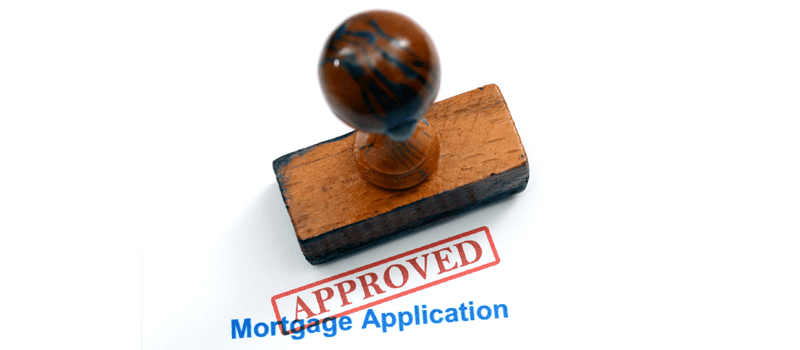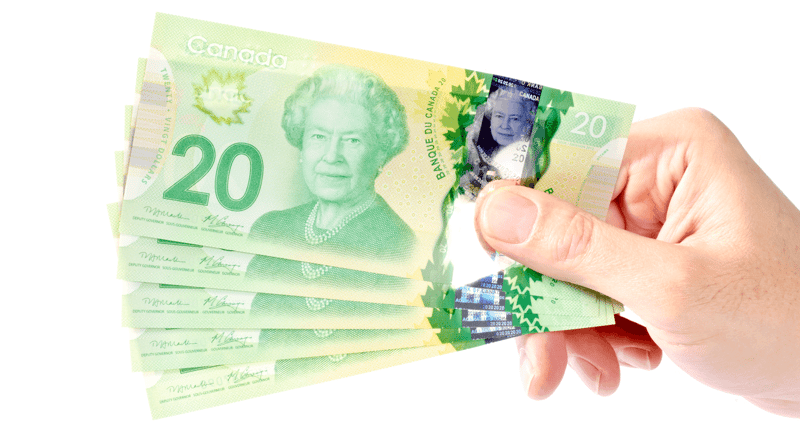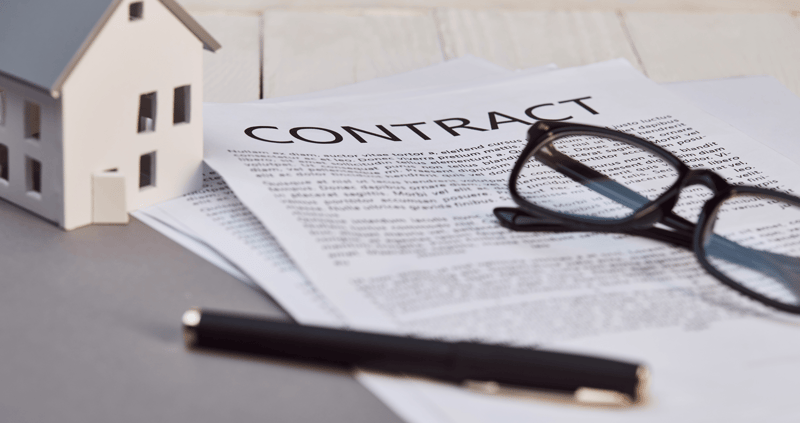 As you get ready to buy your new home, you’ll need to apply for a mortgage. This process can be somewhat tedious, but it’s a necessary step to get the funding you need.
As you get ready to buy your new home, you’ll need to apply for a mortgage. This process can be somewhat tedious, but it’s a necessary step to get the funding you need.
If this is your first mortgage, you’ll have an easier time if you go into the application with a full understanding of what you'll need to qualify and what the process will look like. Here is all the essential information you should know about so you can be better prepared and get approved faster.
Mortgage Pre-Approval vs. Pre-Qualification
Before putting in an offer on a home, most people get pre-approved for a mortgage by a bank or a mortgage broker. In doing this, the lender looks at your finances and credit score, then tells you how much money they’re willing to lend. Knowing this, you can make smart decisions about your home purchase, and you won’t make the mistake of looking at homes outside of your budget.
Don’t confuse a pre-qualification for a pre-approval. They sound similar, but they’re quite different. With a pre-qualification, you’re simply telling the lender how much money you earn and estimating how good your credit is. They will then tell you how much they’re likely to lend you.
However, it can lead to a false sense of security. There are certain things that the lender won’t count as income in their calculations, such as bonuses and overtime pay. Overestimating income and underestimating debt can lead to inaccuracies.
With a pre-approval, though, the lender is verifying your financial information.
Look at it this way: a pre-qualification is the first step and the pre-approval is the next, bigger step.
 Your Approval Amount
Your Approval Amount
Most people don’t realize that lenders don’t usually tell you the maximum amount you can borrow to purchase a home.
What they do tell you is the maximum monthly payment they’ll allow.
Remember that this monthly payment will include things like prorated amounts for homeowners insurance and property taxes, not just repayment on the loan. In most cases, these “extras” add a few hundred dollars to the monthly payment.
Sometimes, the added amount is over $1,000. This means that in an area with lower property taxes, you may be able to spend more on the home itself and still have it come within your allowed limit.
Required Documentation
Whether you’re applying for pre-approval or your actual mortgage, the lender needs to see proof of your financial information. While specifics can vary slightly from lender to lender, you should expect to bring the following types of documents:
- Proof of income, such as pay stubs, the prior year’s tax return, or a letter from your employer
- Proof of additional income from things like investments or freelance work, if applicable
- A bank statement showing that you have money for your down payment and closing fees
- Documentation validating the sources of alternative forms of down payment (such as a loan from your RRSP or a gift from a family member)
- A list of liabilities, such as car payments, credit card bills, and student loans
Those who have made an offer on a home and are applying for a mortgage rather than pre-approval will also need:
- A copy of the Offer to Purchase Agreement
- Other information about the home, such as the address, tax information, and actual purchase price of the home
- A void cheque to begin initiating bank withdrawals for the mortgage payments
- Reports from a home appraisal or home inspection, if applicable
- Contact information for your lawyer
Failure to have any of this information will slow down the process. It’s smart to ask for a checklist so you are sure you have everything you need.
 How New Construction Is Different
How New Construction Is Different
New construction homes work a little differently than traditional resale homes. Initially, there’s no actual home to act as collateral for the loan, so if the builder were to stop work on the home, the lender would have no way to recoup their costs. This means that new construction homes are typically funded in stages throughout the building process, and you’ll have to start making payments on the home before you can move in.
Because of the complexities, some lenders don’t offer mortgages for new construction homes. Additionally, a lender who’s not familiar with the process may slow things down because they don’t have the funding ready at just the right stage. You have two options: a draw mortgage or a completion mortgage.
If you’re getting a mortgage for a brand-new home, it’s wise to go with the builder’s approved lenders. They have done this many times and you can count on everything goes smoothly from the day you sign on the dotted line until you receive the keys for your brand-new home.
Applying for a mortgage can be a complicated process, but you don’t have to go through it alone. There are plenty of people who will help you along the way. Don’t hesitate to ask questions so that you understand the process. Through proper preparation, you can ensure that the process of getting your mortgage and buying your home will go smoothly.





